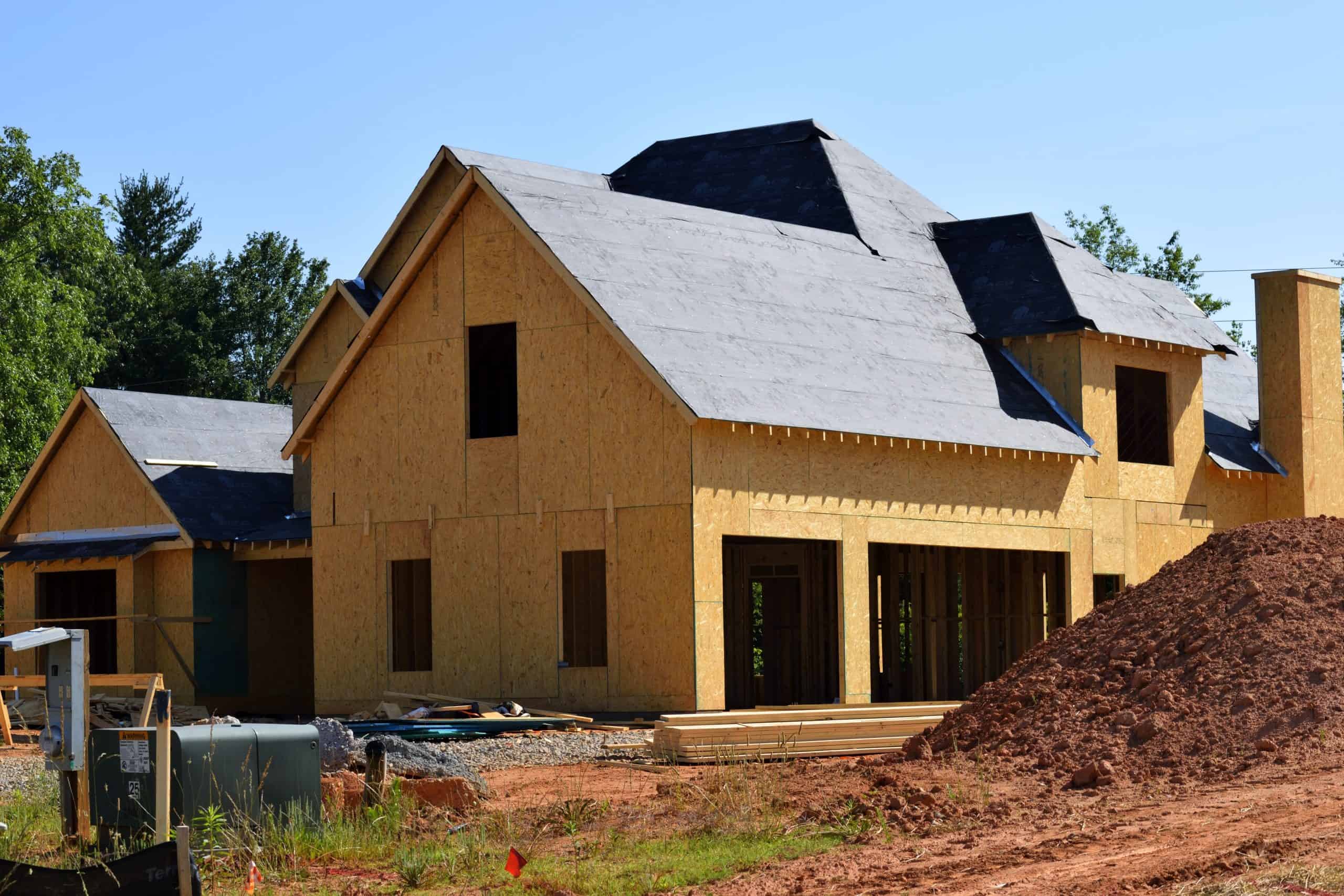Time is Running Out for Affordable Housing in Opportunity Zones
Affordable housing developers have had a hard time making the Opportunity Zones tax benefits work with low-income housing tax credits (LIHTCs)—and the Opportunity Zones program expires in 2026.
Only a handful of affordable housing developers have managed to attract more investors and better tax credit pricing for projects in designated Opportunity Zones.
“Some developers get another two to three cents per tax credit dollar,” says Forrest Milder, a partner with Nixon Peabody, a law firm based in Washington, D.C. “Developers in Opportunity Zones also get more hits from investors because of the added benefit.”
At the same time, more conventional, less complicated real estate developments have attracted billions of dollars to Opportunity Zones. That pushed up the prices sellers ask for land and buildings in the zones.
“Capital flow into Opportunity Zones for conventional deals was effectively making it more difficult for affordable housing developers to have deals pencil,” says Paul Cummings, senior vice president, director of originations and capital markets for the National Affordable Housing Trust (NAHT), based in Columbus, Ohio.
Affordable housing developers have finally developed a number of strategies to make Opportunity Zone tax benefits work for affordable housing projects. But time is running out before the tax benefit ends in 2026. The economic crisis created by the coronavirus might slow down the Opportunity Zone gold rush enough for affordable developers to put their ideas into action—but only if volatile capital markets don’t make deals even more difficult.
Affordable Housing Left Behind
After a slow start, investors finally began to pour capital into real estate investments located in Opportunity Zones over the last year.
“Billions of dollars of Opportunity Zone equity is being invested in residential rental housing in Opportunity Zones,” says Michael Novogradac, managing partner of Novogradac, an accounting firm based in San Francisco.
However, relatively little of that investment has gone into the development of new affordable housing. “In most cases affordable housing developments need to move forward with traditional affordable housing capital executions,” says Cummings.That’s largely because of complicated rules of the tax benefit. Congress created the Opportunity Zones program as part of the Tax Cuts and Jobs Act of 2017. It allows investors to defer taxes on capital gains until 2026—or even completely avoid paying the taxes if they quickly reinvest their capital gains in a real estate project located in an Opportunity Zone though a Qualified Opportunity Fund.
“The challenge of matching up the right capital with deals in Opportunity Zones is difficult,” says Cummings. “The timing considerations to fully utilize the Opportunity Zones tax benefits don’t always line up with an affordable housing development that is finally ready to move forward.”
Affordable developers are now running out of time before the tax benefit runs out in 2026. Experts initially thought the tax benefit could increase the price that investors were willing to pay for federal LIHTCs from projects in the zones by up to 6 to 9 cents per dollar in the first year of the program. The tax benefits become less valuable for projects started later, as the end of the program in 2026 gets closer.
A Handful of Affordable Housing Deals Helped
So far, not many affordable housing projects have been able to benefit from Opportunity Zones to push the prices developers get for LIHTCs from developments in the zones measurably higher.
“The additional equity pricing has not yet been achieved in a sizable, nonanecdotal, way,” says Novogradac.
Instead, as conventional real estate investors closed more deals in Opportunity Zones in late 2019 and early 2020, the asking price of land rose in these areas. “Some sellers and brokers have made the pitch that this increases the value of land and buildings for sale,” says Richard Price, partner with Nixon Peabody. Many Opportunity Zones are also located in or near booming downtown areas, where prices were already on the rise.
However, affordable housing experts have worked out several strategies to make the Opportunity Zone tax benefits work with affordable housing properties.
“We do have a few traditional banks that invest in LIHTCs that happen to have capital gains, and have used a Qualified Opportunity Fund to invest in perhaps 10 deals,” says Nixon Peabody’s Milder. “Not an amazing number, but some.”
General partners or developers can also invest “patient capital” in their own projects, says Novogradac. Opportunity Zone debt funds can also provide mezzanine debt to affordable housing projects, earning a preferred return for themselves in addition to the tax benefit. Opportunity Zone funds can also invest subordinated equity for a subordinated, residual equity preferred return, according to Novogradac.
“We closed two developments that were beneficiaries of the Opportunity Zone tax benefits and so received a higher equity pay—which allowed for an increase in the project scope, including the creation of community space for the residents,” says NAHT’s Cummings. “Other mission-focused deals that might have otherwise been challenging equity executions (i.e., very small equity amounts) were able to move forward as Opportunity Zone executions.”
Source: housingfinance.com
















 Accessibility
Accessibility